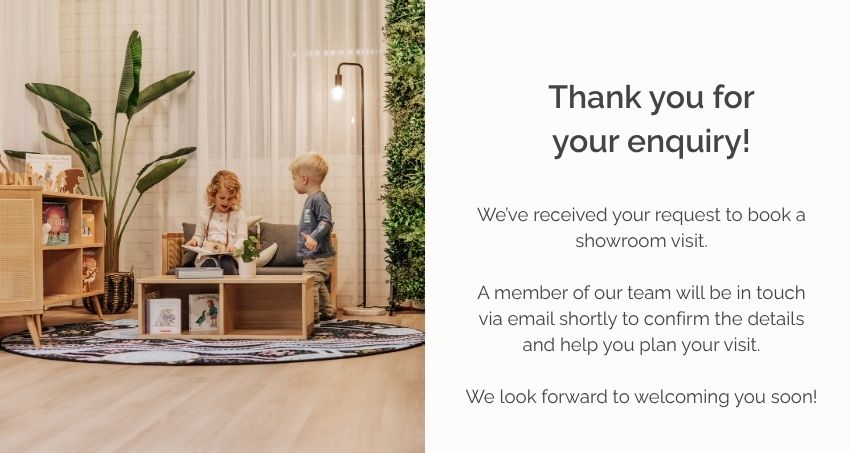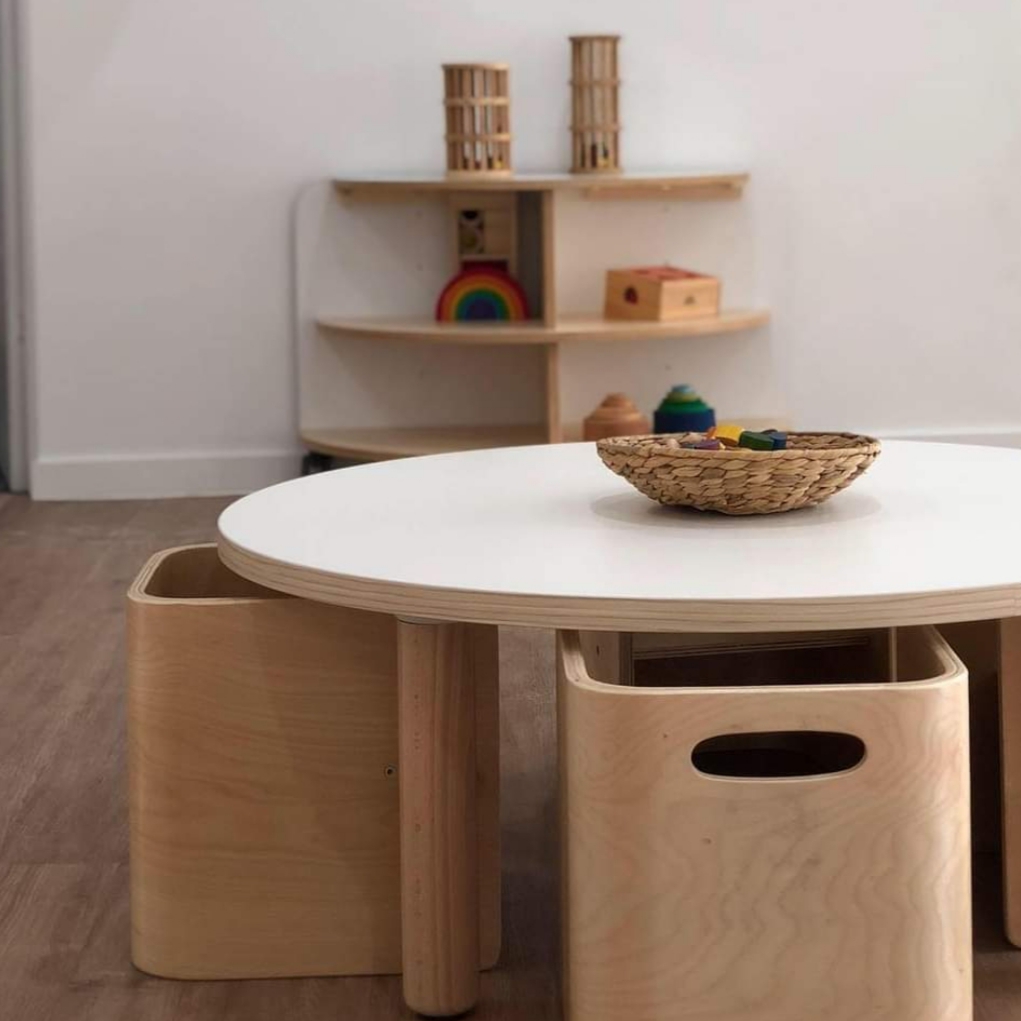Your Vision, Our Expertise
Opening a new early learning centre or giving your current one a fresh new look?
Opening a new early learning centre or giving your current one a fresh new look?
Do you have a dedicated sensory space in your early learning centre?



Prue commenced her career as an early childhood educator before progressing to a centre Directors role. She later became an Area Manager supporting children, services and families throughout Sydney..
Prue has been working with STEP4 for almost 4 years now supporting services with their ongoing needs and requirements for resources, furniture and equipment as well as contributing her industry knowledge and design concepts to new centre startups. She loves the creative process of working with service owners, managers and educators to enable their vision come to life and create engaging and bespoke learning environments where children’s curiosity and engagement can be fostered. She loves sharing her passion and ideas and working collaboratively with industry leaders, educators and owners.

Nicky has worked in the Early Learning industry for more than 25 years in a variety of roles from Educator through to Centre Director, Area Manager, Advisory & Development Coordinator, Program Manager and Quality Advisor. Currently, Nicky is the Managing Director of a group of community-based Preschools in NSW. In this role, she has recently project managed the construction, fitout and opening of a new community Preschool for her organisation and it is through this process that she partnered with Step4 for the fitout of the new Preschool.
After spending part of her teenage years living in a remote part of the Kimberley in Western Australia, Nicky’s appreciation for the indigenous history of Australia began. Through her career, she has worked with and assisted Educators and Directors in their journey of understanding this important aspect of learning and history and how to ensure that their approach is collaborative, respectful and appropriate.
Nicky has recently completed a Graduate Certificate in Indigenous Education as a specialisation subject for an ongoing Masters of Education. The extension of her own understanding of Indigenous perspectives was something that she wanted to support and this has assisted her in identifying ways that she can further support Educators across all levels and experience in reflecting on and extending their own knowledge.

Error: Contact form not found.
Error: Contact form not found.
We want to be bringing content that is valuable to everyone within the Early Years Industry.
So if there is something you’d love us to focus on, Please let us know!
Error: Contact form not found.
Error: Contact form not found.
Error: Contact form not found.

[woo-login-popup]